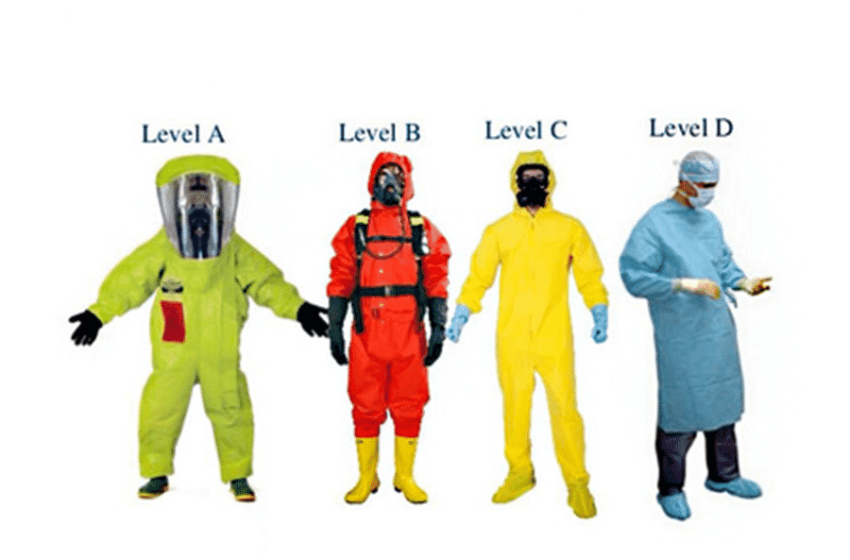Chemical protective clothing is featured in many motion pictures, particularly ones including foreign assaults or atomic weapons. This clothing can also be seen on crime shows, as detectives sort through the shrapnel and trash leftover by bomb impacts. Hazmat suits, also called biohazard suits, are intended to protect wearers from the hazardous substances that they are likely to come into contact with through their work.
These suits have two main capacities: gas or fume protection and overspray protection. Gas protective suits are intended to shield the wearer from pretty much anything except for radiation. They are generally over-expanded to shield the wearer from exposure even if the suit is penetrated or punctured. They are worn with an independent breathing device so the wearer can inhale effectively inside the suit.
Suits that are intended to protect against overspray or anything liquid are also worn with a self-contained breathing apparatus (SCBA); however, they do not need to be airtight like gas protective suits are. Therefore, they do not offer protection against airborne viruses.
Hazmat suits are classified on four levels:
- Level A suits, which are require an SCBA. These suits are impenetrable to protect against immediate and airborne contact with viruses. Gas protective suits fall under this class. Due to the thickness and airtight construction combined with the restricted air supply, they can’t be worn for extensive periods. They are typically worn for up to 20 minutes.
- Level B suits do not necessarily offer protection against gases and vapors. These suits protect against liquid splash.
- Level C suits are coveralls that protect against liquid splashes. They aren’t worn with an SCBA, however should the need arise, they can be worn with an air-purifying respirator (APR).
- Level D suits offer the lowest level of protection and do not require a breathing apparatus. However, eye protection is required to protect against splashes or projectiles.
Hazmat suits and biohazard protective gear are additionally recognized by saturation rate, penetration rates, and degradation to help determine the degree of security that you require.
The penetration rate is the speed with which chemicals and infections travel through the protective material. If the saturation rate is high, it implies that the disease moves rapidly through the material. Advancement time refers to the all-out time it takes for the disease to saturate the suit. It sheds light on the wear time of specific protective garments. Degradation estimates how rapidly material truly decays whenever it has come into contact with a disease. Contingent upon the kind of virus, the material can become fragile, solidify, soften, or in more serious situations, dissolve.
Taking into account that not all protective gear is made equal concerning penetration, saturation time, and degradation, it’s critical to consider the particulars of the job before wearing any chemical protective clothing. For example, you need to recognize all hazardous materials with which you may come into contact. You also need to consider whether there is a danger that your protective garment will be penetrated or torn. You need to estimate the degree of contact that you will have with the contaminant. Will you need to walk knee-deep through the unsafe substance or will you just need to examine it through a magnifying glass?
When working around hazardous substances, like chemicals, gases, and airborne infections, your wellbeing is at risk. All the information and first-class security measures do not make a difference if you wear ineffective or low-quality PPE. Always be sure to check a suit’s safety and testing data and identify your work environment’s known and potential hazards to ensure you’re adequately protected. Visit for more information marketbusinessmag.com












